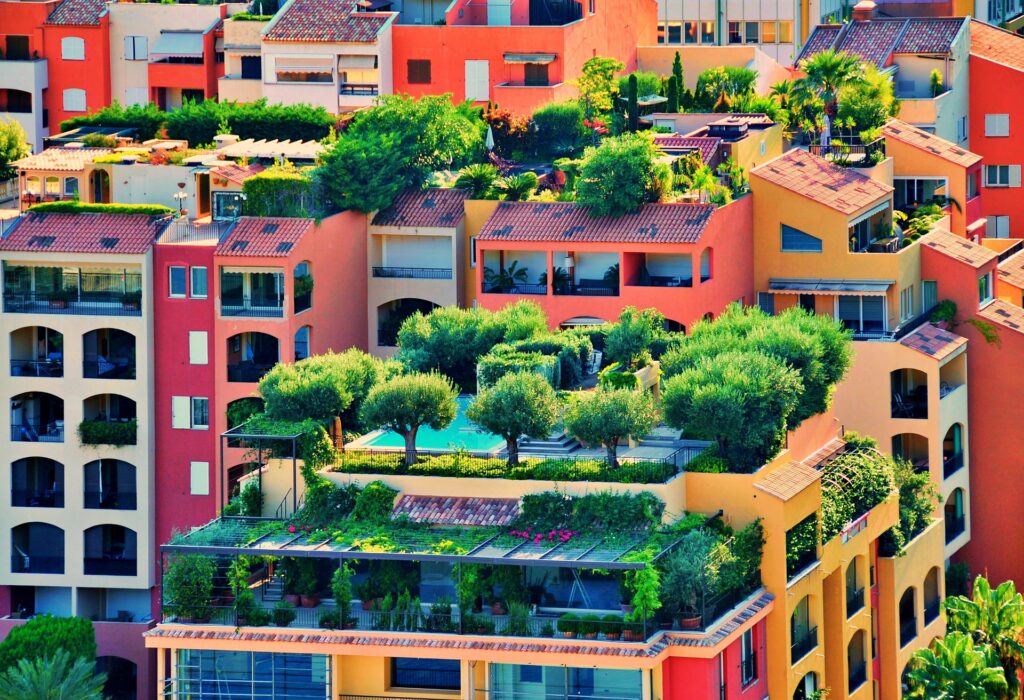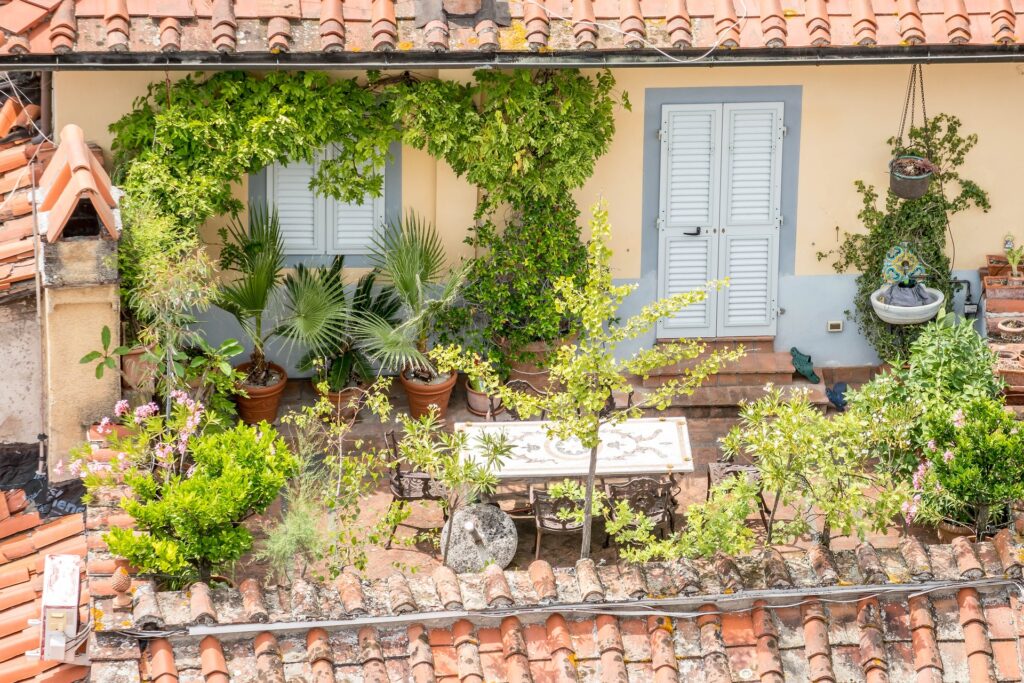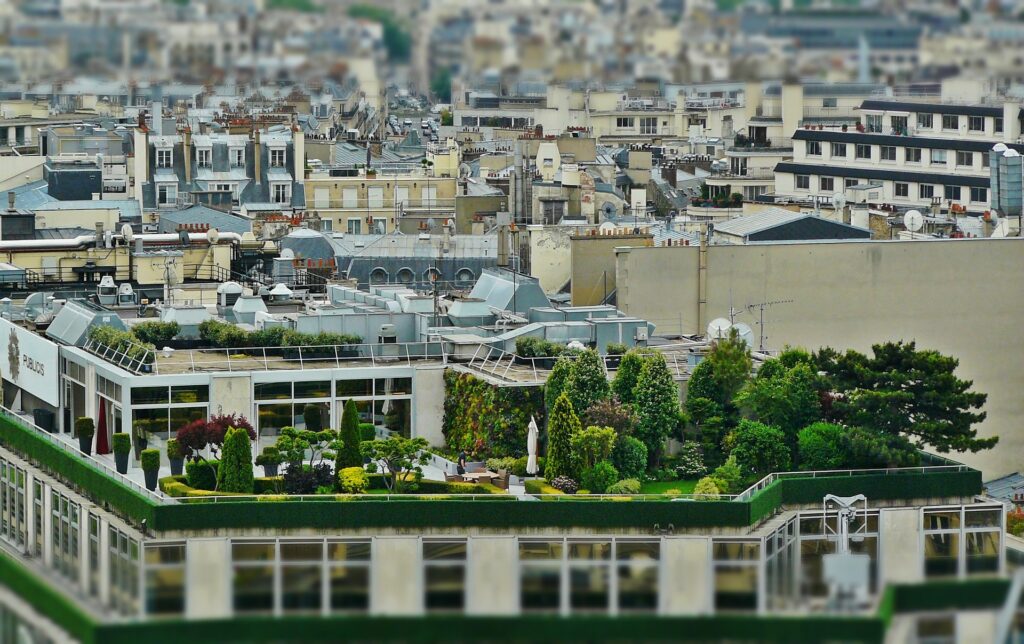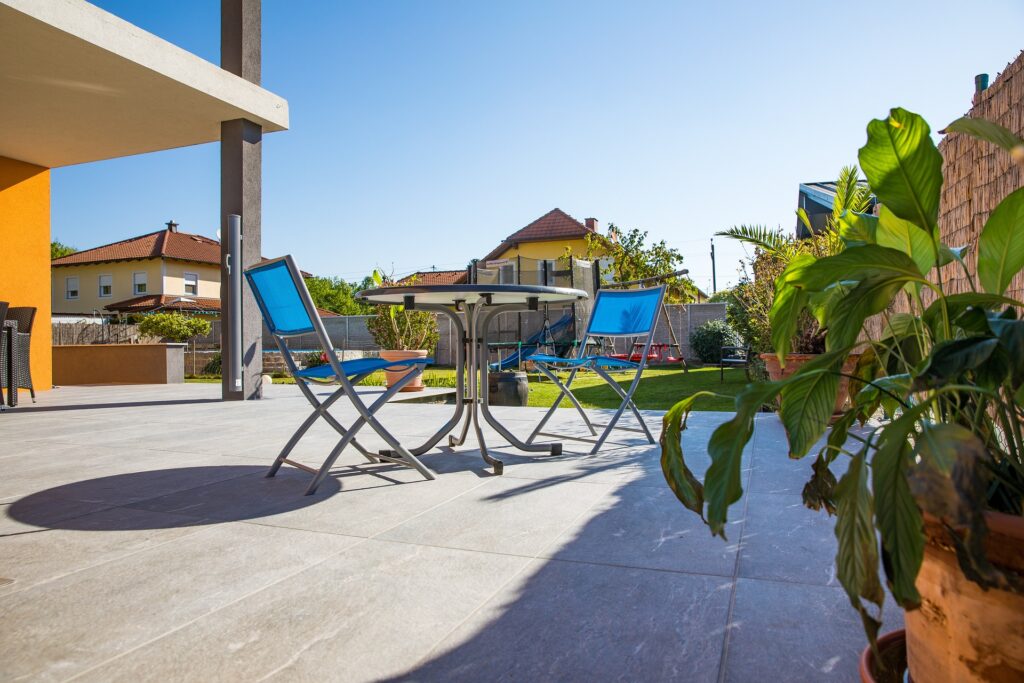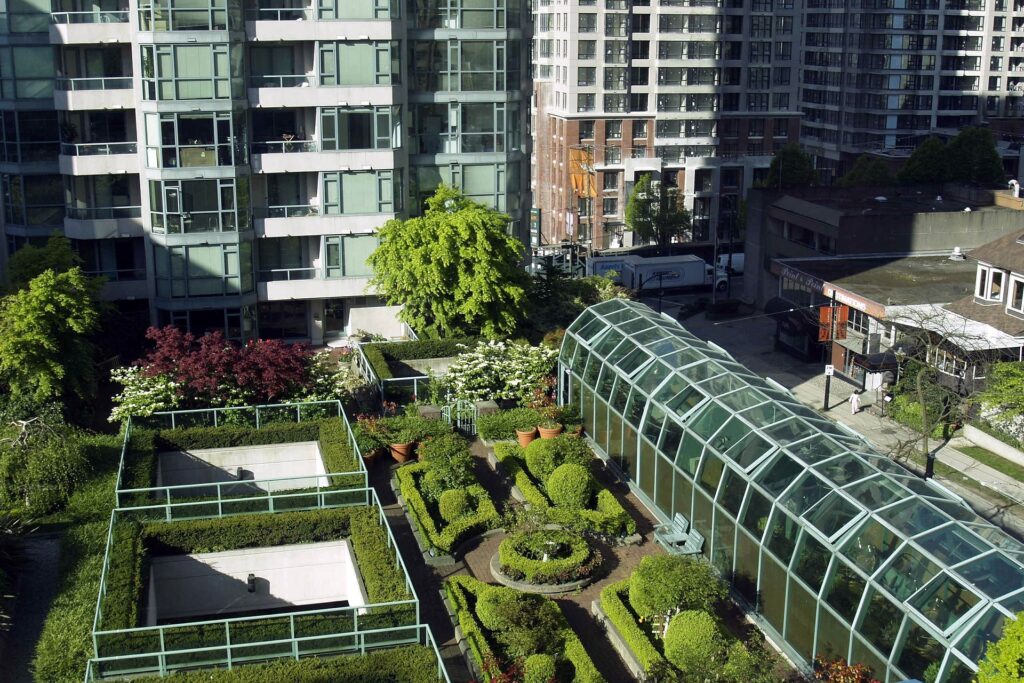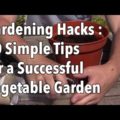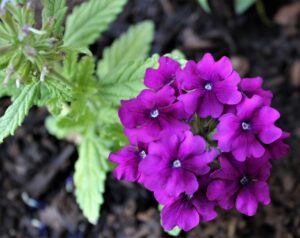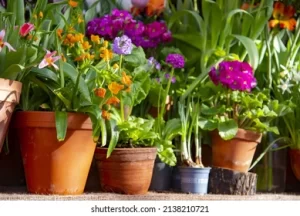
Terrace gardening is a great way to bring a piece of nature to your home and enjoy its benefits. It is a type of gardening that is done on balconies, patios, and other small spaces, typically in urban areas. With the right plants and some know-how, you can create a beautiful garden on a terrace. In this guide, we will discuss the basics of terrace gardening, how you can benefit from it, some tips and tricks, recommended plants, and design and maintenance tips.
Introduction to Terrace Gardening
Terrace gardening is becoming increasingly popular in urban areas where space is limited, but nature is desired. It is a type of gardening that is done on balconies, patios, and other small areas. Unlike traditional gardening, it requires more thought and planning to make the most of the limited space. But with the right plants, tools, and a bit of creativity, you can create a lush terrace garden.
One of the first steps in terrace gardening is to assess the area. Consider the amount of sunlight and shade, the amount of wind and rain, and the size and layout of the terrace. All these factors will help you decide which plants to use and how to arrange them. You’ll also need to consider any obstacles or restrictions that may be present, such as trees, buildings, or lack of space.
Benefits of Terrace Gardening
There are many benefits to terrace gardening. The most obvious is that it provides a beautiful outdoor space for you to enjoy. It can also be a source of relaxation and stress relief, as well as a place to socialize with friends and family. It can also be a great way to grow your own food and herbs, as well as attract birds and other wildlife.
Terrace gardening is also a great way to reduce your carbon footprint. Many of the plants used in terrace gardening are low-maintenance, which means they require less water, fertilizer, and energy than traditional gardens. By using native plants, you can help reduce the amount of water and energy used to maintain your garden.
Finally, terrace gardening can add value to your home. A well-designed terrace garden can be a great way to boost your home’s curb appeal and increase its resale value.
Tips and Tricks for Terrace Gardening
When it comes to terrace gardening, there are a few helpful tips and tricks that you should keep in mind. First, make sure to choose plants that are appropriate for the amount of sunlight and shade in your area. Also, consider the size of the plants when you’re selecting them—you don’t want them to overcrowd the area or block the view.
It’s also important to plan your layout carefully. Consider how you want to arrange the plants and how they will interact with each other. Make sure to leave enough space between them so they can grow without overcrowding.
When it comes to watering your plants, try to water them in the evening so the water has time to soak into the soil before the sun comes out. Also, make sure to mulch the plants to help retain moisture and reduce weeds.
Finally, remember to prune your plants regularly to keep them healthy. Pruning helps to promote new growth and can help reduce the need for fertilizer.
Recommended Plants for Terrace Gardening
When selecting plants for your terrace garden, it’s important to choose plants that are appropriate for the amount of sunlight and shade in your area. Here are some of the most popular plants for terrace gardening:
- Succulents: Succulents are an excellent choice for terrace gardening because they are low-maintenance and can tolerate a wide range of temperatures and light levels.
- Herbs: Herbs are great for terrace gardening because they are easy to care for and can be used in cooking.
- Flowers: Flowers are a great way to add color and life to your terrace garden.
- Vegetables: Many vegetables are suitable for terrace gardening, including tomatoes, peppers, and squash.
- Trees: Trees such as figs and citrus are popular choices for terrace gardening.
Designing Your Terrace Garden
When designing your terrace garden, it’s important to consider the layout, the plants, and the overall aesthetic. Start by sketching out a plan that includes the plants you want to use, the layout of the garden, and the overall look you’re going for.
When it comes to the layout, consider the size of the plants and how they will interact with each other. You can use containers to create a layered look, and you can place taller plants in the back and shorter plants in the front.
When selecting plants, be sure to consider the size, shape, and color of the plants. You can use a mix of plants to create a layered look, or you can use one type of plant throughout the garden.
Finally, consider the overall aesthetic. Choose colors and textures that will complement each other and create a cohesive look.
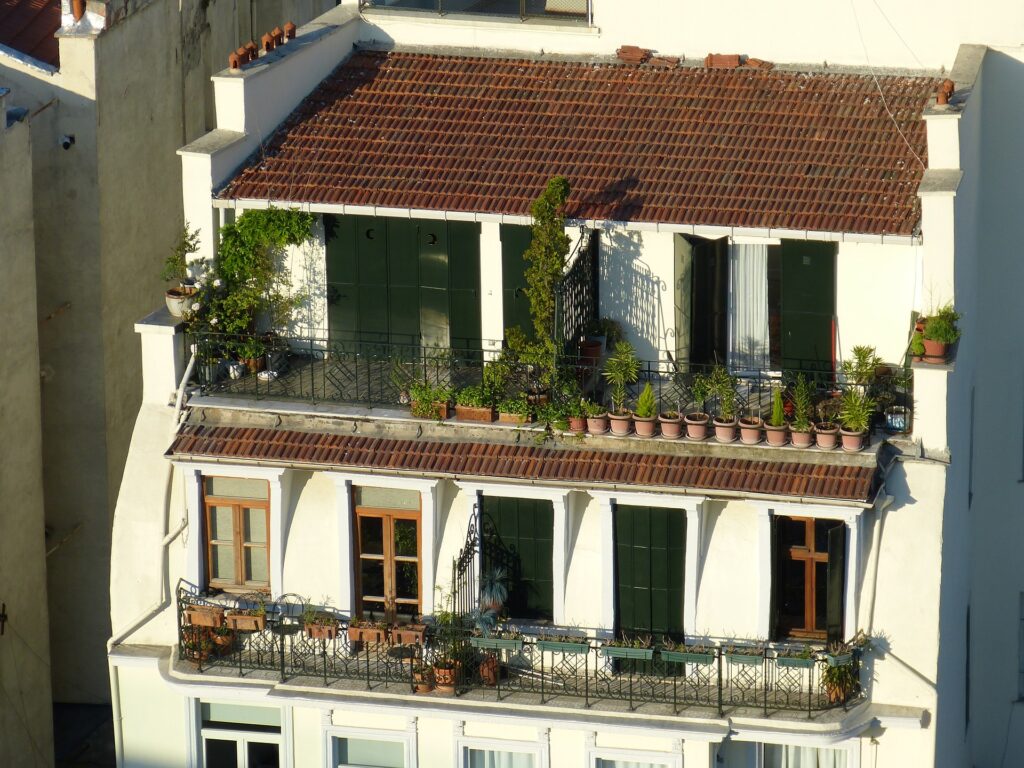
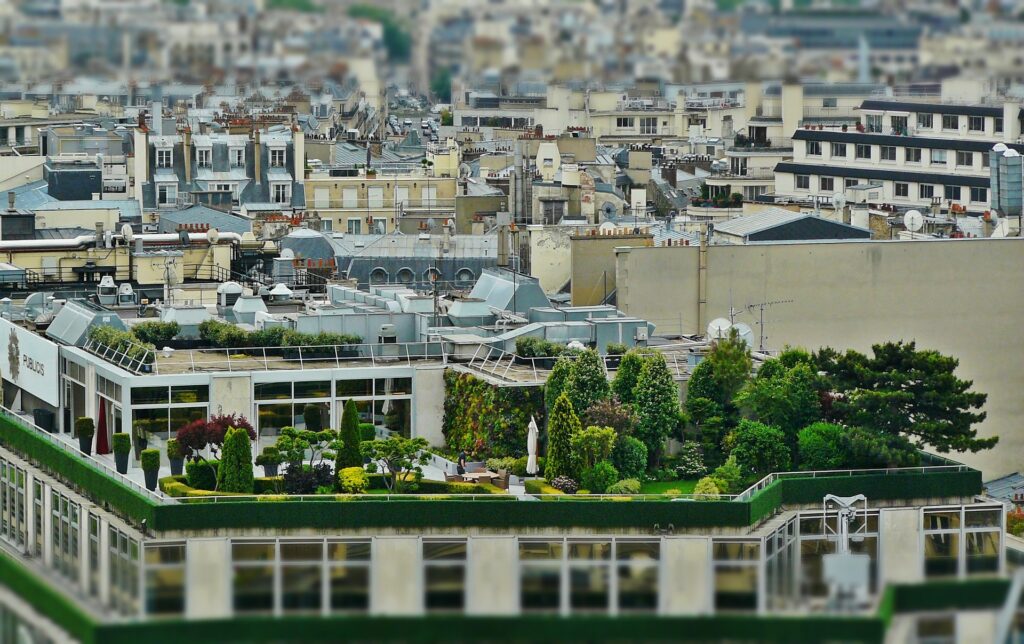
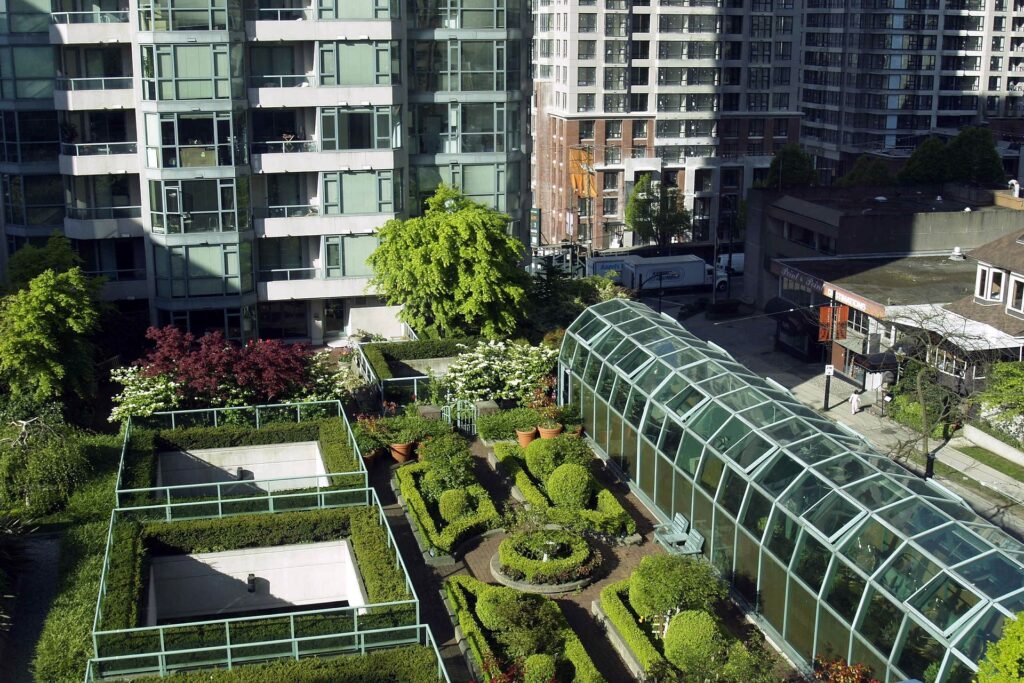
Landscaping and Maintenance Tips for Terrace Gardening
Once you’ve designed your terrace garden, it’s important to maintain it. Here are a few tips to keep in mind:
- Water the plants regularly, but be careful not to overwater.
- Prune the plants regularly to promote new growth.
- Fertilize the plants every few weeks to keep them healthy.
- Mulch the plants to help retain moisture and reduce weeds.
- Use pest control products to protect your plants from pests.
- Trim any overgrown plants or branches.
- Regularly check for signs of disease or pests.
Recommended Tools for Terrace Gardening
When it comes to terrace gardening, there are a few tools that you’ll need to make the most of your garden. These include:
- A shovel: A shovel is essential for digging and planting.
- A trowel: A trowel is great for reaching into tight spaces and digging small holes.
- A watering can: A watering can is essential for watering your plants.
- A pruner: A pruner is great for pruning your plants and removing dead branches.
- A garden hose: A garden hose is great for reaching into hard-to-reach areas.
- A garden rake: A garden rake is great for loosening and aerating the soil.
- A garden hoe: A garden hoe is great for weeding and digging.
Troubleshooting Common Issues with Terrace Gardening
Terrace gardening can be a great way to enjoy the outdoors and bring a bit of nature to your home. However, like any type of gardening, there can be problems. Here are some of the most common issues and how to troubleshoot them:
- Poor drainage: Poor drainage can be caused by too much water or not enough. Make sure to water your plants regularly, but not too much.
- Overwatering: Overwatering can cause root rot and other problems. Make sure that you water your plants in the evening so the water has time to soak into the soil before the sun comes out.
- Pests: Pests can be a problem in terrace gardens. Use pest control products to protect your plants.
- Disease: Disease can be caused by a variety of factors, including poor drainage and overwatering. If you notice any signs of disease, take action immediately.
Terrace Gardening Resources
If you’re looking for more information about terrace gardening, there are plenty of resources available. Here are a few of the best:
- FloweringPlants.org: This website has a wealth of information about terrace gardening, including tips, tricks, and advice on choosing plants.
- Gardeners.com: This website has a wide selection of plants for terrace gardening, as well as helpful tips and advice.
- Gardenista.com: This website has a blog with helpful articles and information about terrace gardening.
- The Spruce: This website has a variety of articles and guides about terrace gardening.
Conclusion
Terrace gardening is a great way to enjoy the outdoors and bring a bit of nature to your home. With the right plants and some know-how, you can create a beautiful garden on a terrace. In this guide, we discussed the basics of terrace gardening, how you can benefit from it, some tips and tricks, recommended plants, and design and maintenance tips.
By following these tips and using the right tools and resources, you can create a lush terrace garden that you can enjoy for years to come. Visit FloweringPlants.org for all your gardening tips!
